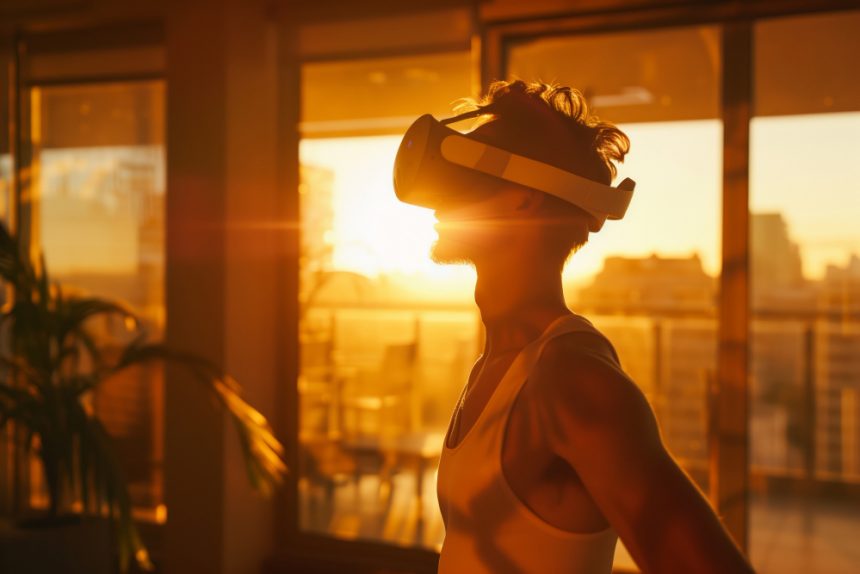As we move toward the year 2030, the relationship between humans and technology is transforming at an unprecedented pace. The grand promises of the early 21st century—self-driving cars on every street, robot assistants in every home—are making way for a more nuanced reality. Rather than arriving as monumental inventions that disrupt everything at once, the technology of the 2030s will quietly blend into the rhythms of daily life. It will feel less like “new technology” and more like a natural extension of how we live, work, and interact.
By 2030, the real technological revolution won’t be about flashy, futuristic devices; it will be about invisible innovation—tools, systems, and infrastructures that operate in the background, seamlessly enhancing the human experience without demanding our attention. The signs of this shift are already visible in today’s gradual normalization of smart assistants, predictive algorithms, and personalized digital environments.
Take the example of healthcare. Wearable devices that currently track heart rates and oxygen levels will evolve into continuous health monitors capable of predicting illnesses before symptoms even appear. These systems will collaborate with AI-driven telemedicine platforms, allowing real-time diagnoses and personalized recommendations. Regular checkups might transform into data-driven health partnerships between individuals and digital companions that know their physiological patterns better than any doctor could.
Similarly, home and urban environments will become smarter in subtle ways. Your home will learn not just when you return from work but how your mood shifts after a long day, adjusting lighting, scent, and temperature to promote relaxation. Kitchens will integrate AI systems that analyze nutrition and automatically reorder groceries based on your preferences, dietary goals, and even local produce availability.
Financial management, education, and entertainment will also undergo quiet revolutions. Banking apps will fade into the background, with AI financial managers handling bills, investments, and budgets automatically. In classrooms, learning will be hyper-personalized, not based on age or grade but on individual cognitive and emotional development. And entertainment will evolve into experiences that immerse multiple senses at once—music that adapts to your heartbeat, or films that respond to facial expressions and emotional cues.
The overarching theme will not be about what gadgets we use, but how seamlessly they integrate into the fabric of everyday life. In 2030, the best technologies will likely be the ones we hardly notice—the ones that make us feel more human, rather than more machine-like.
By the end of this decade, the divide between the physical and digital worlds will continue to fade. Technologies like augmented reality (AR), artificial intelligence (AI), and advanced sensor networks will not exist simply as tools but as extensions of human perception and cognition. Instead of logging into the digital world, we’ll live within it—a hybrid space of physical presence and digital augmentation.
Augmented reality will likely become as common as smartphones are today. Glasses and contact lenses equipped with AR capabilities will overlay real-time digital information on the world around us—directions on your commute, translation of foreign text as you read it, or instant facial recognition reminders about the person you’re meeting. Early versions of this technology already exist, but by 2030, miniaturization and computing power will make them truly mainstream and unintrusive.
On a broader scale, cities themselves will become intelligent systems. Streetlights will adjust based on pedestrian activity and wildlife presence. Buildings will self-regulate energy use through adaptive AI networks, and public safety will be maintained through predictive analytics that anticipate risks rather than merely reacting to them. These enhancements will not feel imposed—they’ll simply work, creating an ecosystem where human behavior and machine intelligence are in continuous conversation.
The workplace of 2030, too, will reflect this merging of digital and physical realities. Remote collaboration tools will evolve beyond screens into immersive mixed-reality spaces where colleagues interact through digital twins, holograms, or sensory-rich 3D environments. The very concept of presence will expand beyond physical proximity; we will be able to “attend” a meeting as a projection while feeling physically engaged through haptic feedback and neural interfaces.
Perhaps the most transformative aspect of this coming era will be the rise of human-augmenting systems—technologies designed to extend or enhance human abilities rather than simply automate tasks. Brain-computer interfaces could help restore lost motor functions or allow users to control devices with thought alone. Exoskeletons will assist the elderly or physically impaired in maintaining mobility. These technologies will redefine inclusion, making it possible for people of all abilities to participate more fully in every aspect of life.
Still, with every wave of advancement comes an undercurrent of responsibility. As systems collect more personal data, ethical governance, transparency, and privacy will be just as crucial as technical innovation. The future will not simply be about what technology can do, but what it should do to enhance human dignity and trust.
By 2030, the integration of technology into daily life will be nearly imperceptible—but its impact will be profound. The ultimate success of these future technologies will depend on how well they serve humanity not as replacements for human experience, but as amplifiers of our creativity, intelligence, and compassion. The future, in that sense, will not be about machines overtaking us—it will be about machines helping us become more ourselves.








